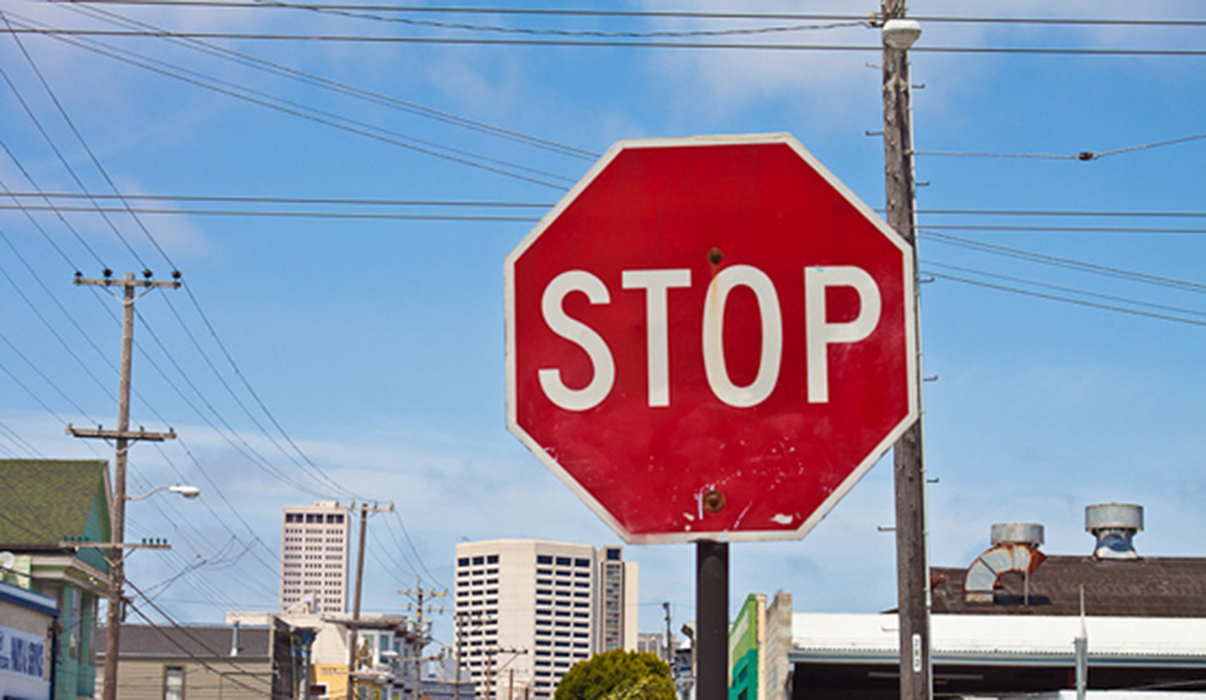SAN FRANCISCO—San Francisco Mayor Mark Farrell revealed on Thursday, May 31, legislation requiring the city’s largest departments to develop more insistent water conservation plans that could be implemented during fast during times of drought in California.
“In this age of climate change, we need to ensure that San Francisco is resilient and prepared for dramatic shifts in weather conditions,” said Mayor Farrell. “We are only a few years removed from the worst drought in California history and we will not be caught off guard in the future.”
According to the Mayor’s website, during the California drought from 2014-2017, the San Francisco Public Utilities Commission and former Mayor Edwin M. Lee required that departments decrease water usage by 10 percent. Mayor Farrell’s ordinance requires the eight city departments with the largest water usage to develop an additional comprehensive drought response plan to be applied during times of at least 20 percent mandatory water rationing.
Under the ordinance, the departments would be required to do the following within 90 days:
-Develop a list and brief description of water-saving practices implemented during the 2014 – 2017 drought to achieve the 10 percent reduction.
-Provide names and contact information of agency representatives responsible for responding and coordinating reduction efforts.
-Create an inventory of remaining inefficient plumbing fixtures in City-owned buildings.
-Within 180 days, the ordinance would require City departments to develop the following, to reduce usage by 20 percent or more:
-Identify what indoor and outdoor temporary water reduction measures could be taken during 20 percent or more mandatory reduction periods.
-Identify the approximate order in which the Department would implement these measures.
-Identify the estimated percent reduction that each measure would achieve.
Within five years, the ordinance requires:
-The city’s top water-using departments to provide updated drought response plans.
Since Mayor Lee issued his Executive Directive requiring the 10 percent reduction plans, various city agencies have worked to conserve water. City agencies have decreased water use by 30 percent from 2013 to 2017.
“In this last drought we were reminded how fragile our water supply resources can be, and how much we could achieve as a City to reduce our water use to protect those supplies,” said Harlan L. Kelly, Jr., General Manager of the San Francisco Public Utilities Commission. “This ordinance takes drought preparedness to the next level to ensure that we are doing everything we can to not only conserve water, but to be ready to make the tough decisions when the time comes.”
“The Recreation and Park Department has reduced overall water usage by 43 percent throughout the City’s park system since 2013,” said Phil Ginsburg, SF Rec & Parks’ General Manager. “With Golden Gate Park transitioning to recycled water by year 2021, we will most definitely further exceed the Mayor’s aggressive goal.”
Mayor Farrell’s legislation to cut water use, is the latest environmental policy put forth from San Francisco environmental leadership. Mayor Farrell recently announced a pledge to have San Francisco become carbon neutral by 2050, the transition to electrify all Muni buses through 2035, and to have 80 percent of trips taken by sustainable modes by 2030. San Francisco reduced greenhouse gas emissions by 29 percent below 1990 levels, achieving that mark as the city’s population grew by 111 percent and its economy by 20 percent.
“Water conservation is a lifestyle that every resident, every business and every City department needs to work at each day,” said Debbie Raphael, Director of the San Francisco Department of the Environment. “Preparation in the face of an increasingly unpredictable climate will ensure each of us has the resilience to thrive even during the most severe water shortages.




